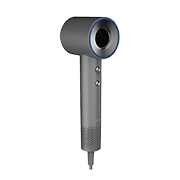
Brushless motor hand dryers have gained popularity in public restrooms for their efficiency, quiet operation, and reduced maintenance needs. However, questions about the durability of the components often arise, especially when compared with traditional hand dryers. Evaluating the construction, materials, and design of a Brushless Motor Hand Dryer can help determine how well it performs over time and how it withstands frequent use.
1. Brushless Motor Design
The core of a brushless hand dryer is its motor. Unlike traditional brushed motors, brushless motors do not rely on contact brushes, which are prone to wear and tear. This eliminates a major source of mechanical failure and significantly reduces maintenance requirements. The motor generates smoother operation with less vibration, which helps protect internal components from unnecessary stress. As a result, a brushless motor can operate effectively for thousands of hours, even in restrooms with high traffic.
2. Housing and External Materials
The external casing of a Brushless Motor Hand Dryer plays a key role in its durability. Common materials include stainless steel, ABS plastic, or other corrosion-resistant composites. These materials protect the internal components from moisture, dust, and physical impact. Well-designed housing also ensures the dryer maintains its shape and function under frequent use. Some models feature reinforced panels or protective coatings to resist scratches and dents, extending the lifespan of the unit and keeping maintenance requirements low.
3. Airflow Components
The fan, nozzle, and vent system are central to the hand dryer's function and durability. These components must handle high-speed air without warping or losing alignment. Since brushless motors operate more smoothly than brushed ones, the stress placed on the airflow components is reduced. This leads to fewer mechanical issues over time. Routine cleaning of air vents and fans prevents blockages, dust buildup, and overheating, further extending the service life of these parts.
4. Sensors and Electronic Controls
Modern brushless hand dryers often include infrared sensors and electronic controls to detect hand placement. These components are designed to be durable, moisture-resistant, and capable of handling repeated activation. Durable circuit boards, sealed sensors, and properly insulated wiring help prevent failures that could disrupt operation. Brushless motors also produce less heat, reducing thermal stress on nearby electronic parts and contributing to overall reliability.
5. Maintenance Considerations
Although Brushless Motor Hand Dryer components are designed for longevity, regular maintenance can further enhance durability. Simple tasks such as cleaning the exterior, removing debris from air vents, and checking electrical connections can prevent unnecessary wear. Compared to traditional dryers, brushless models generally require less frequent internal maintenance, saving both time and costs for facility operators.
6. Environmental and Usage Factors
The environment in which a hand dryer is installed can also affect its lifespan. High humidity, exposure to water splashes, or heavy traffic can put additional strain on components. Choosing a dryer with appropriate protection against moisture and impact, along with proper installation, helps ensure long-term performance. Durable materials and careful engineering work together to create a hand dryer that can withstand challenging conditions without frequent repairs.
Brushless motor hand dryers offer a combination of durability, efficiency, and lower maintenance requirements. The motor design, protective housing, reliable airflow components, and resilient electronics all contribute to their long-lasting performance. By understanding these factors, facility managers and users can select a Brushless Motor Hand Dryer that remains functional, safe, and efficient for years, while minimizing downtime and replacement needs.


 English
English 中文简体
中文简体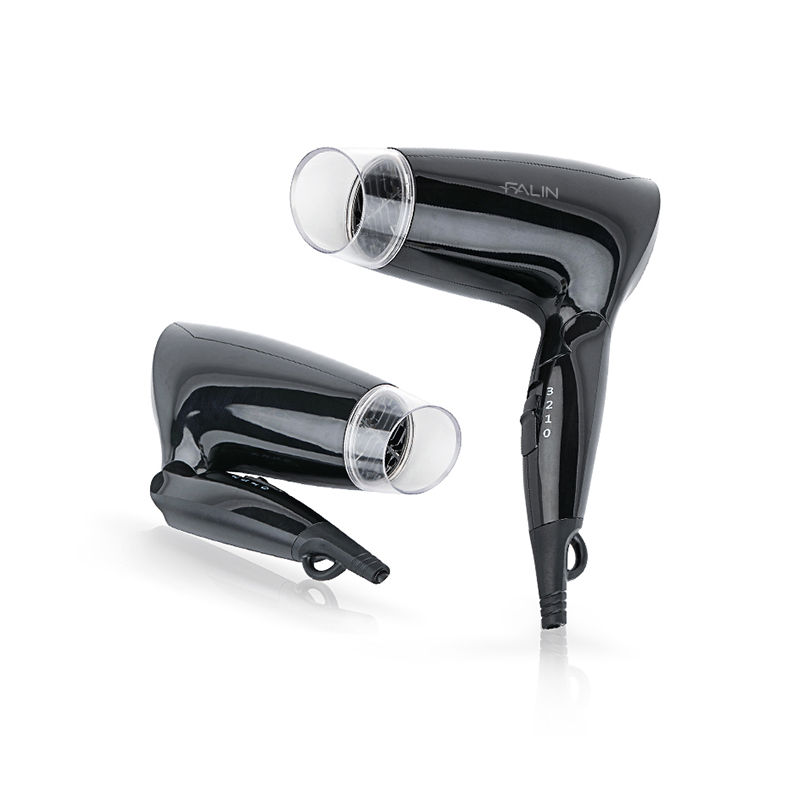
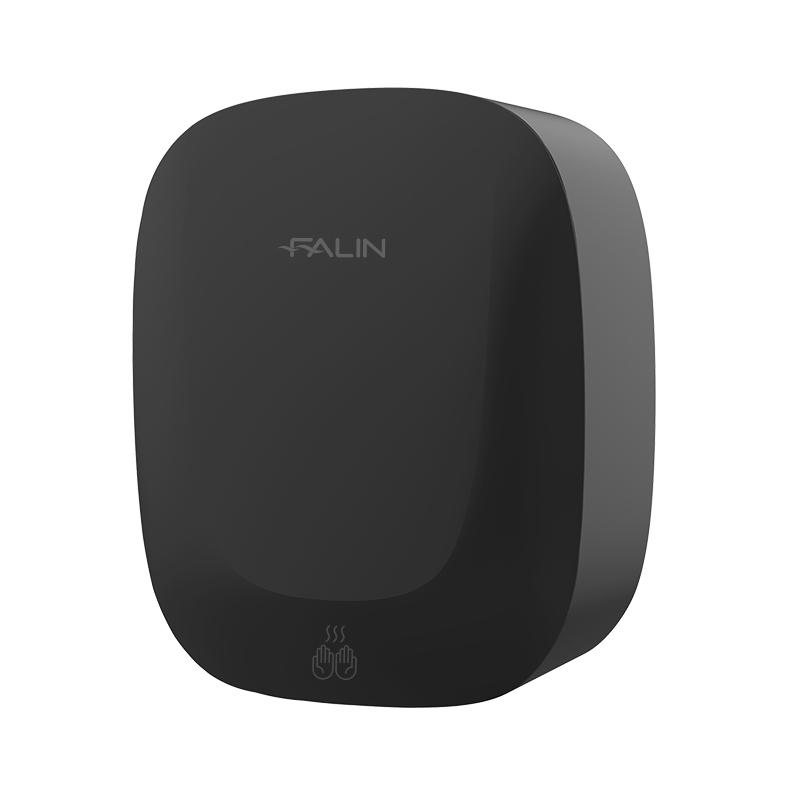
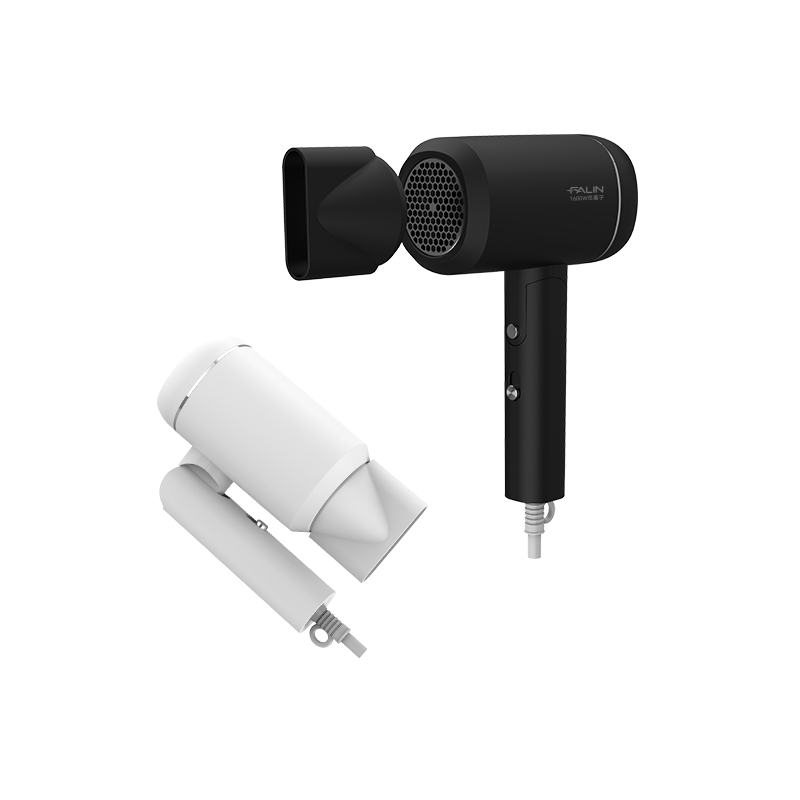
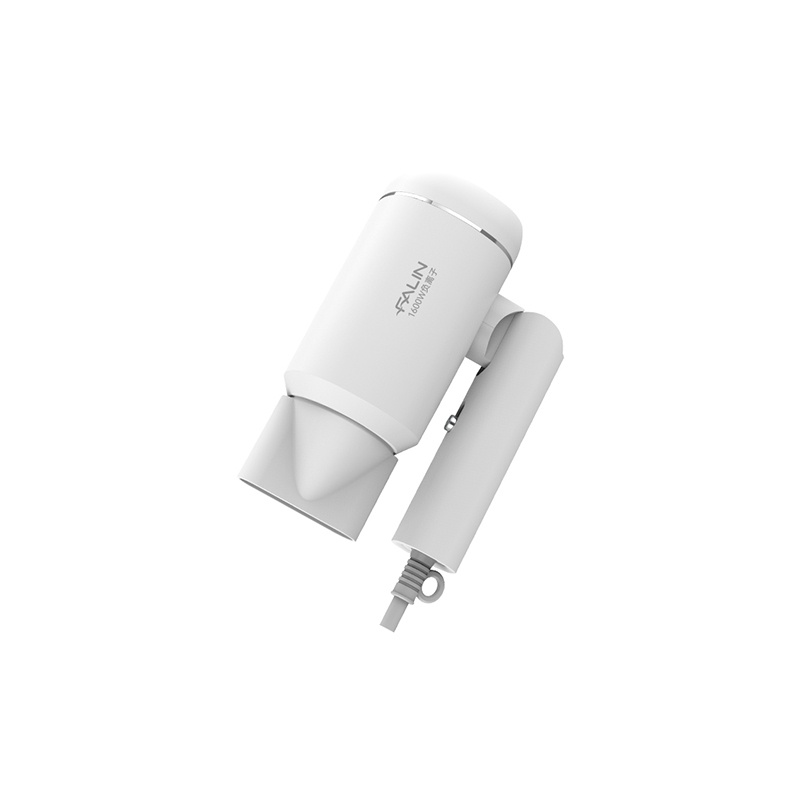
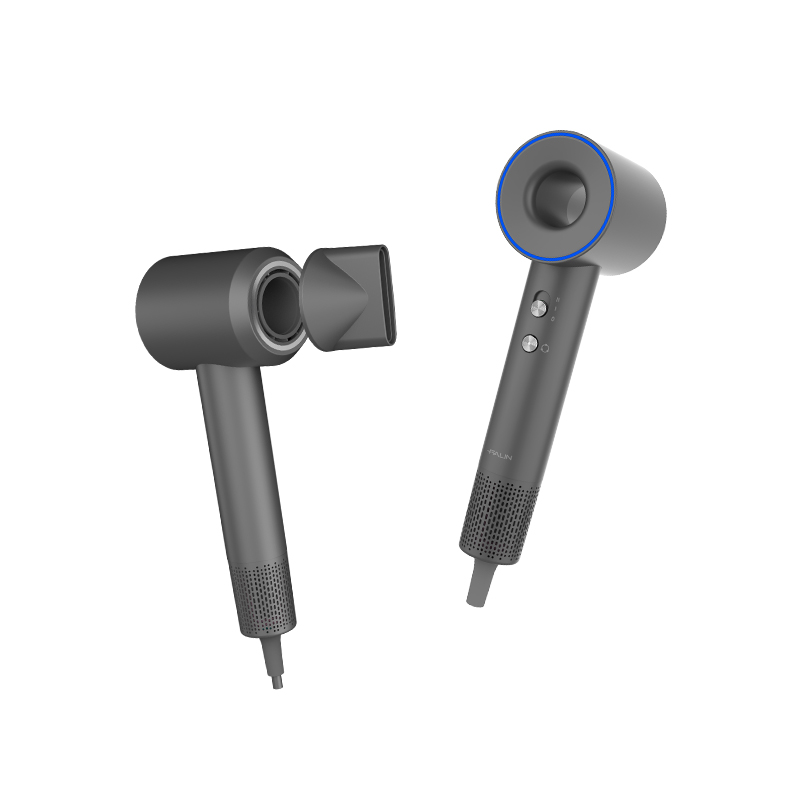


 Building 19, Block 9, Bihu Wangyang Town, Liandu District, Lishui City, Zhejiang Province, China
Building 19, Block 9, Bihu Wangyang Town, Liandu District, Lishui City, Zhejiang Province, China 